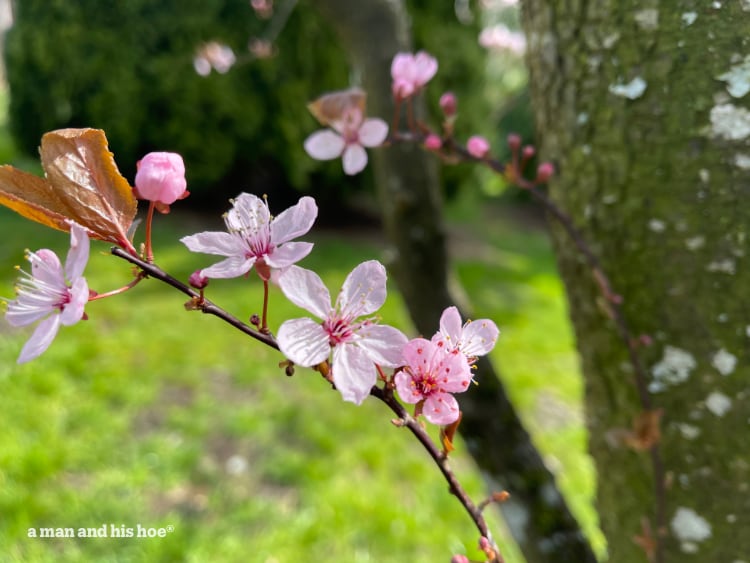Your cart is currently empty!
Category: About My Chickens
-
The Last Freeze

On a frosty morning, it’s hard to say, “This is the last frost.” And such was the case on Monday, April 12. It was 30ºF, -1ºC. But I feel safe to proclaim that April 12 was the last freeze of this season. It’s almost summer like today, and freezing mornings have moved far north with the swans and snow geese.
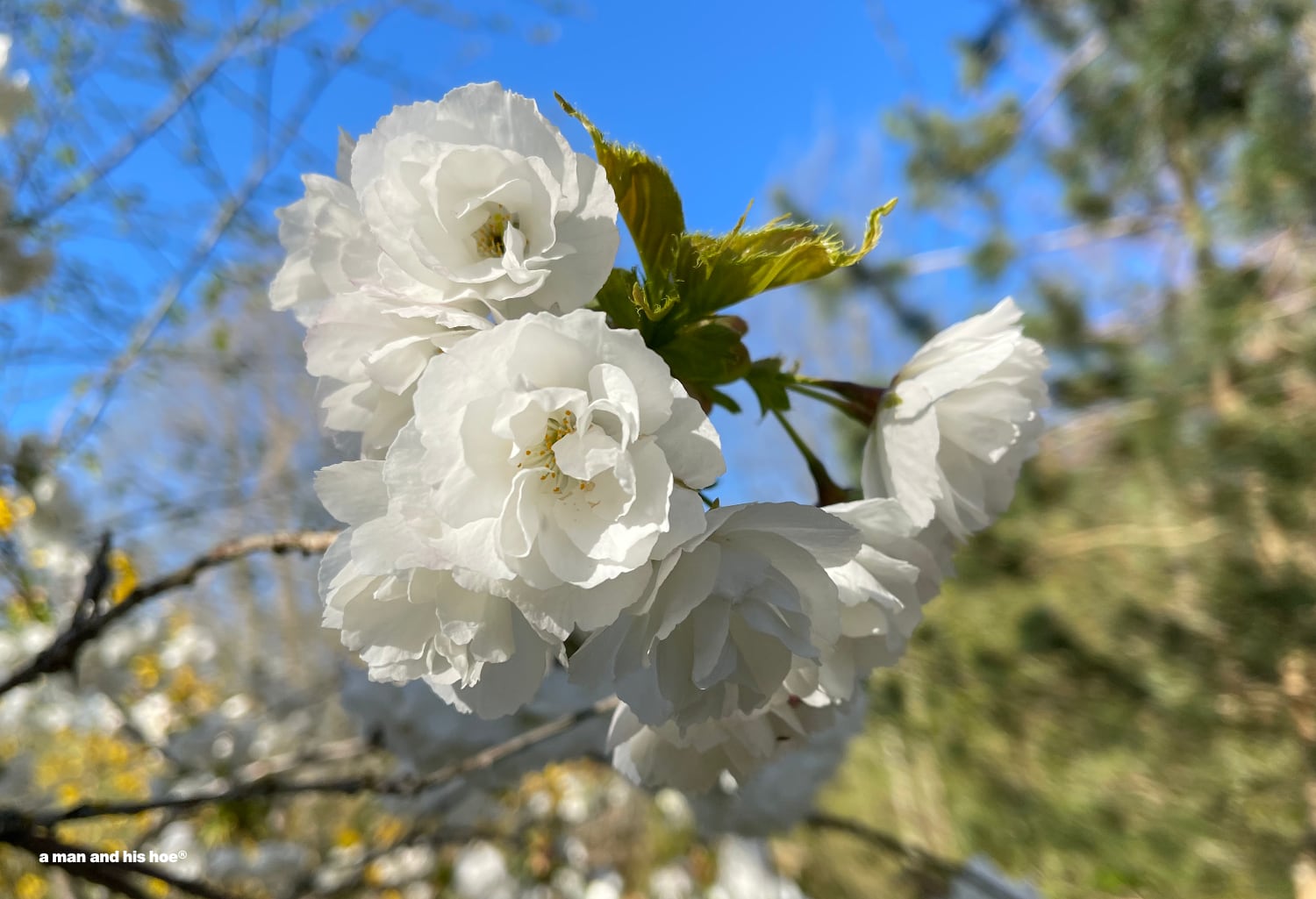
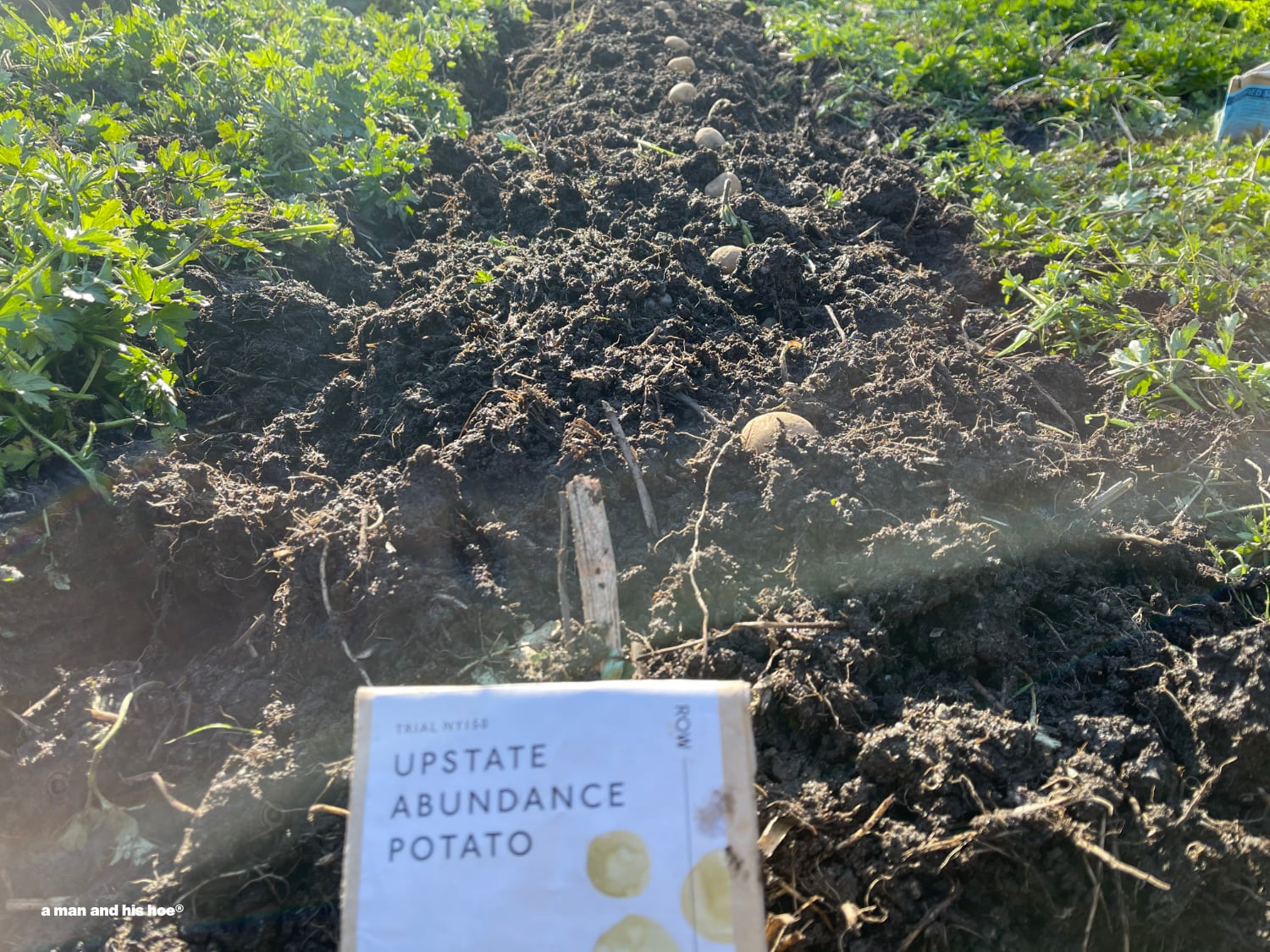
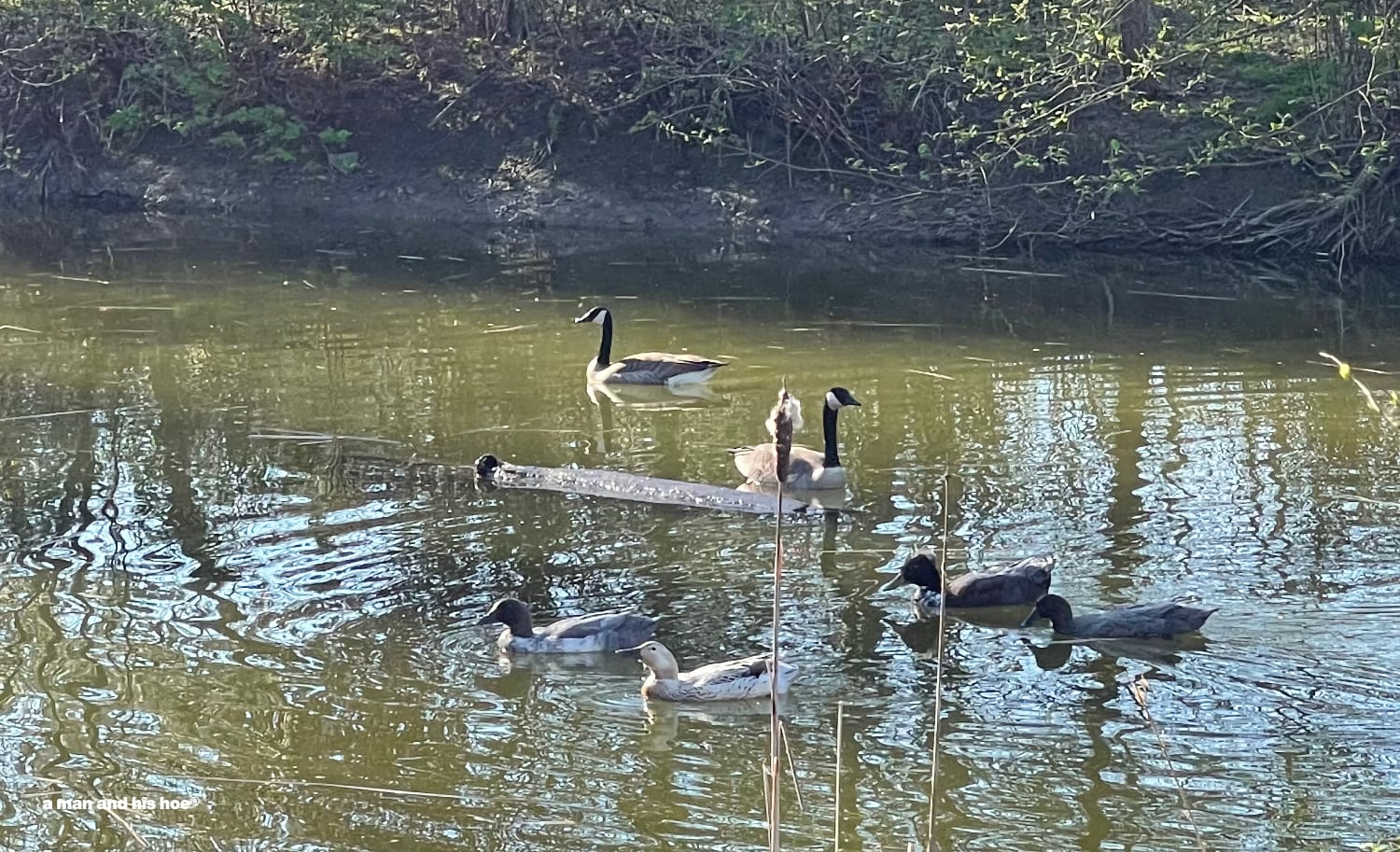
Hearing Canada geese at the pond yesterday was a surprise. They are loud. The pair did not stay long. The ducks weren’t bothered by the much larger birds. The Canada geese were just as loud on their way out, honking as they flew overhead.


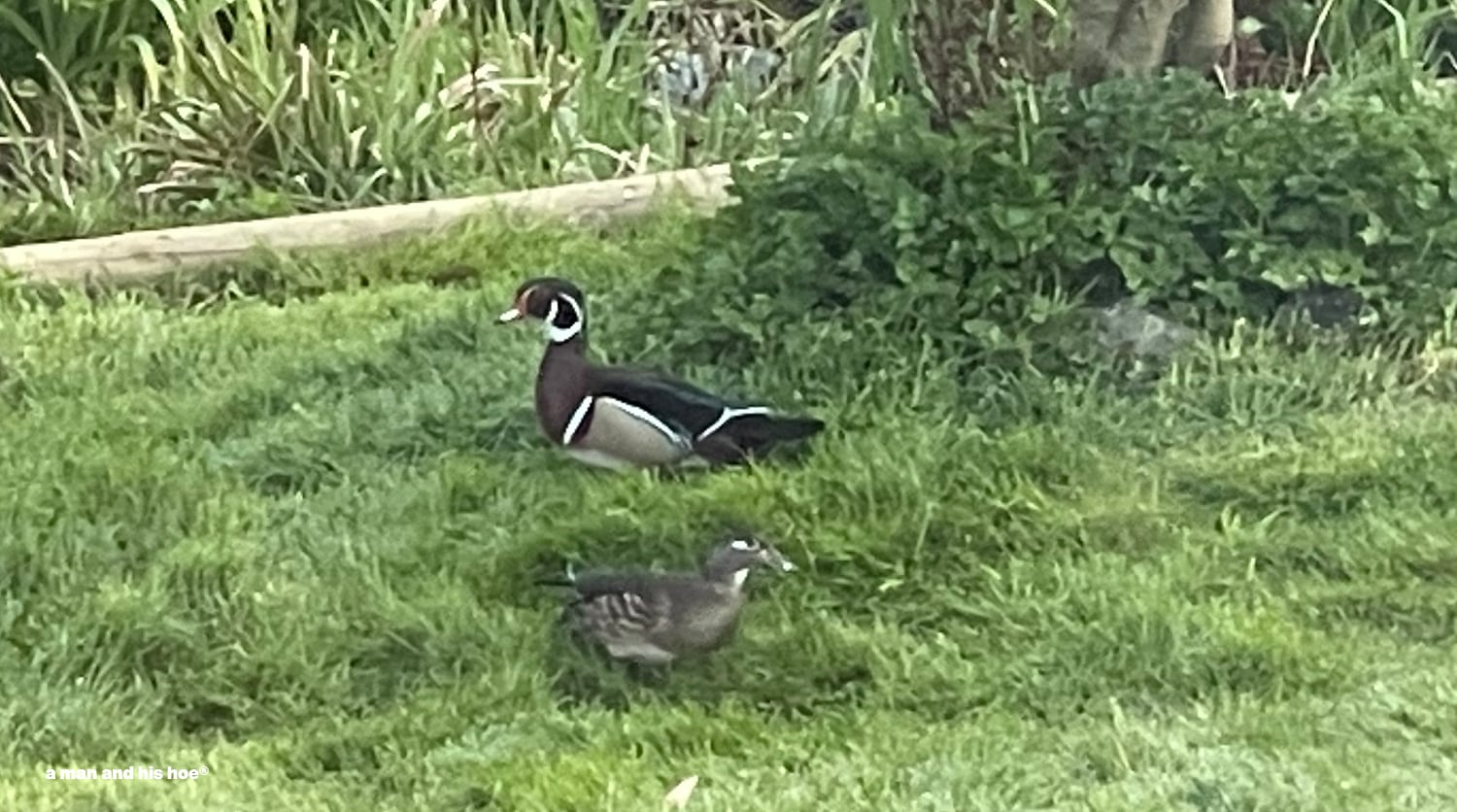
Seeing wood ducks waddle across the driveway early in the morning a few days ago was a surprise too. They were after the scratch the birds drop from the bird feeders. The wood ducks were by this morning too. Which means they may have a nest in a tree stump nearby.
-
All Shapes and Sizes
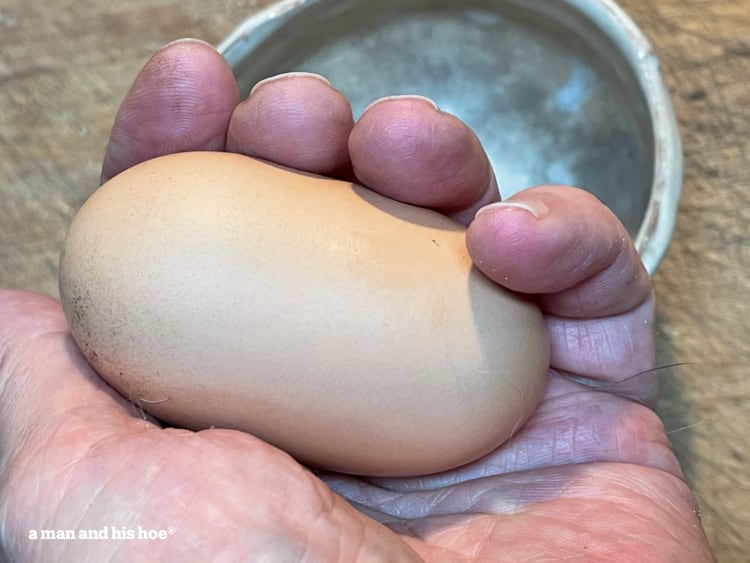
The problem with buying graded eggs is that you’ll never run across an egg like this in the supermarket. The trick would be to breed a variety of chickens that consistently lays double yolk eggs like this.
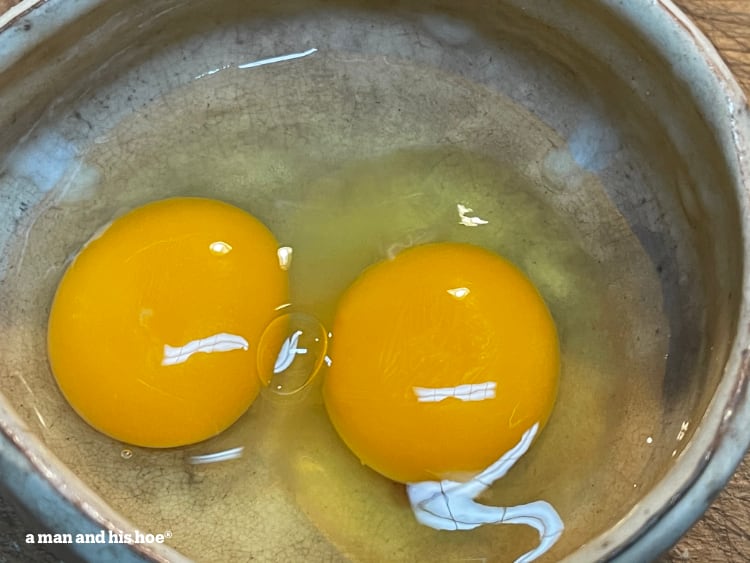
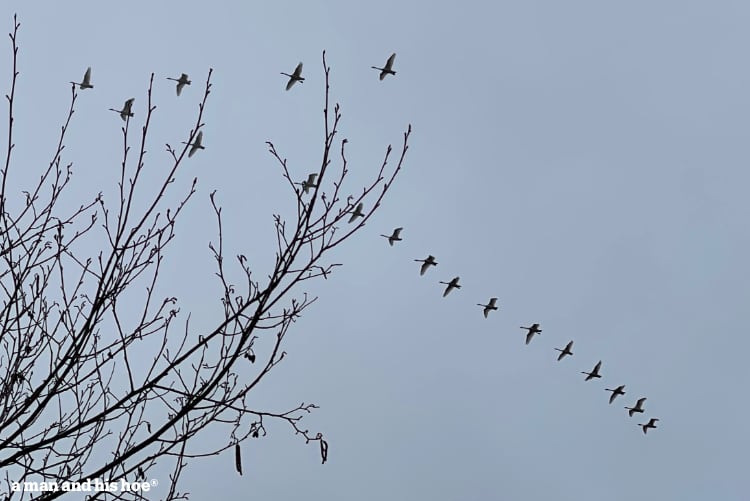
This morning, flocks of swans, flying north, flew overhead. I could hear them coming, honking out of sight, until the burst into view. During the winter months when they are in the valley, they usually fly about in small groups of two to five or seven. And they’re usually in a single line. But when they take to the skies for a long haul, that’s when they fly in V formation.
I keep hoping they’ll fly by on their way north, to say one last, “Goodbye.” Today they did.
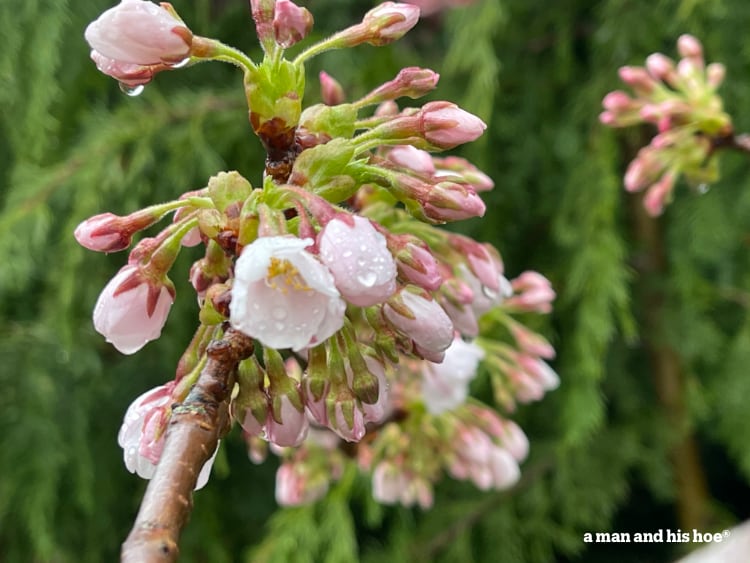
Though if I were a swan and I saw that the cherry trees were about to bloom, I’d hang around a few days to enjoy them.

-
March is Pink and Yellow
March is in its pink and yellow mood. Pink plum blossoms entice hummingbirds to visit. We watched one hover from one plum blossom to another. What does plum blossom nectar taste like? It’s be nice to have a hummingbird tongue to find out, a little retractable appendage at the tip of your tongue you could extend and enjoy what the hummingbirds enjoy when they dart from flower to flower.
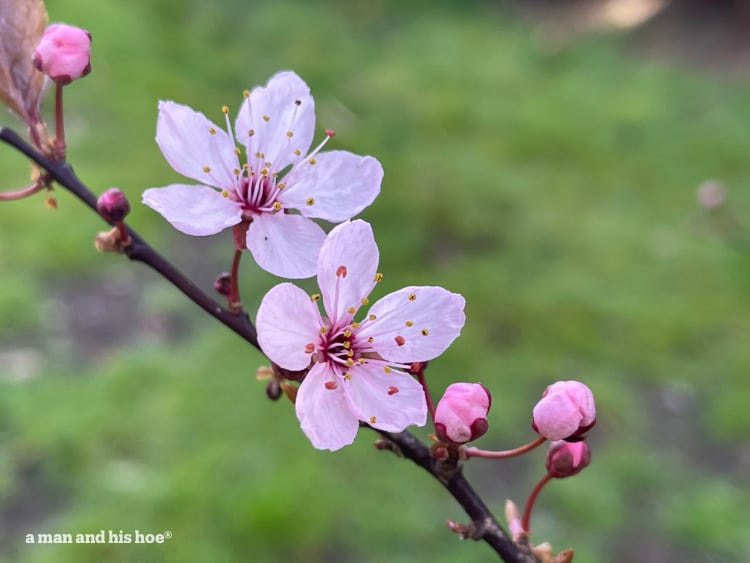

The muddy winter fields have turned into carpets of brilliant yellow. I don’t think this is what daffodils had in mind when they evolved to produce showy, yellow flowers. Fields of daffodils in bloom mean that fields of tulips will be in full bloom soon. Then, March will be a riot of colors.
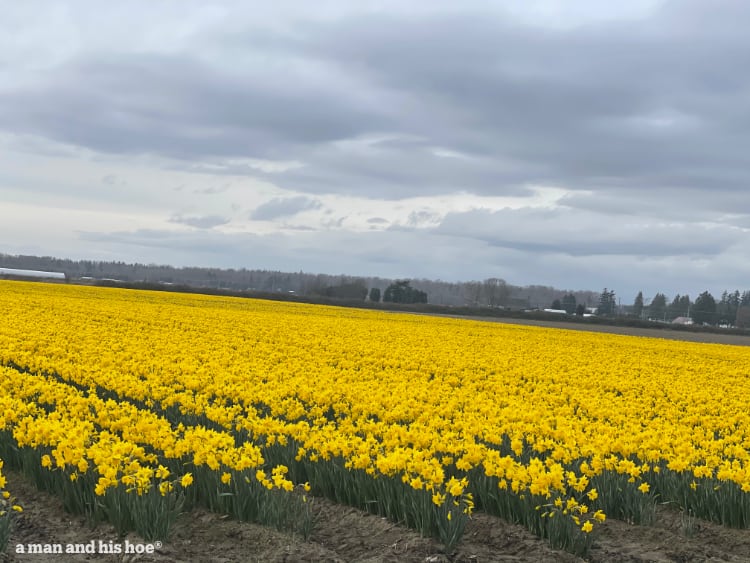
-
Happy New Year!
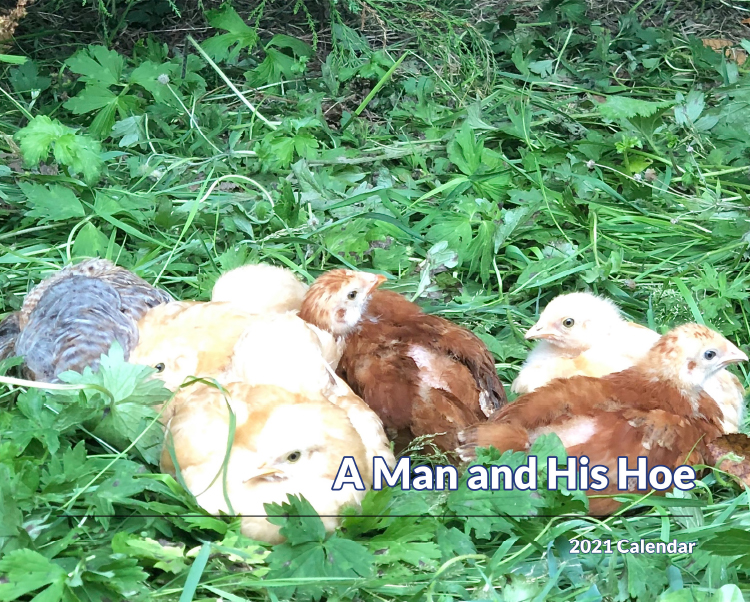
Happy New Year! 2021 is here, the world over. It’s already January 2 in some places. Hopefully 2021 will be a year of recovery and by fall we can greet one another in person again.
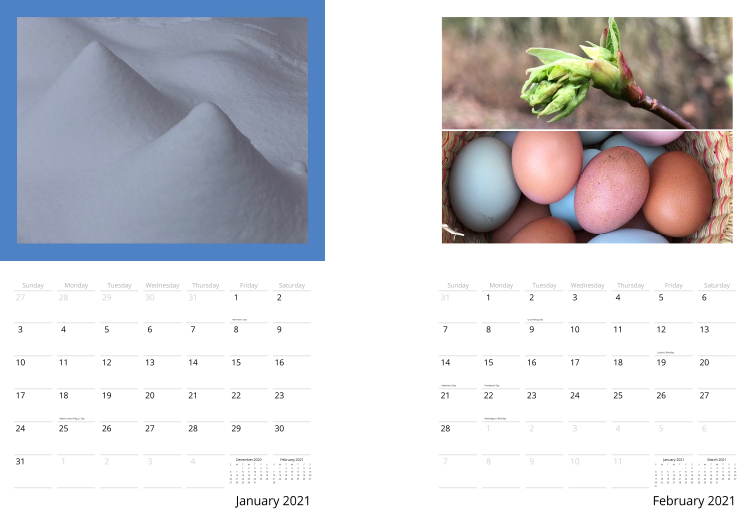
Here is a 2021 calendar you can download as a pdf. It is 40 megabytes. Depending on your pdf viewer, you can show a table of contents or bookmarks, or show thumbnails of each of the months.
[sdm_download id=”21588″ fancy=”0″]
For as terrible as 2020 has been, there are some things I will miss as life returns to normal. Here in the Pacific Northwest the clear summer skies stayed blue all day, right until the sun went down. Usually, by mid afternoon, the blue skies turn milky white from all the contrails that slowly spread and blot out the blue. I’ll miss the long, blue skies once the jets are back in the sky.
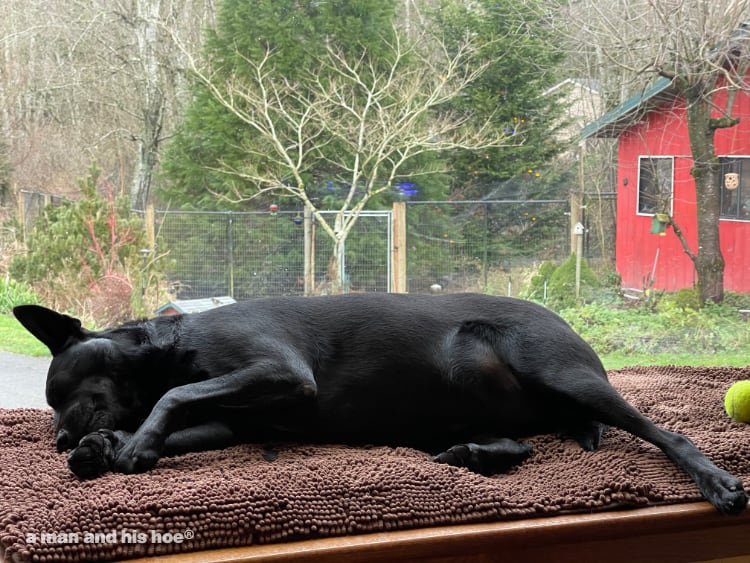
Takuma is greeting the New Year with excitement. His scars from his encounter with the raccoon have healed. The fireworks in the neighborhood last night wore him out. It’s time to rest. I think dogs have it made.
-
Chatty Mud Birds
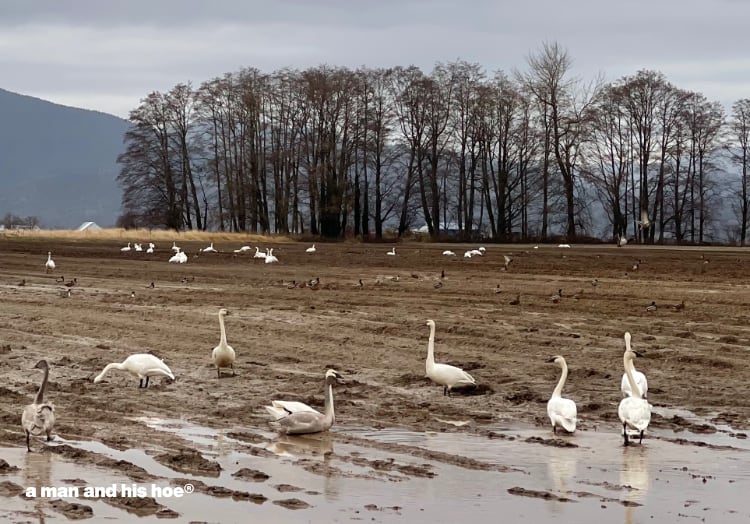
Just like children in their Sunday best can’t resist stomping in mud puddles, swans love troddling through muddy fields. How they stay pristine white is a mystery. True, they don’t roll around in the mud like swine. Having long necks helps, as do sturdy, webbed feet. And if they get mud on their feathers, clear water for washing is just a flap of the wings away.
Swans, geese, ducks, make up the biological family of waterbirds, Anatidae, which comes from the Latin for ducks, anas, plus idae which denotes a family of animals.

One thing missing in the descriptions of Anatidae, is how much these birds talk. Close your eyes and listen to a flock of swans, geese, or ducks, and you hear tens, hundreds, thousands of conversations going on all at once. They are as chatty as parrots.
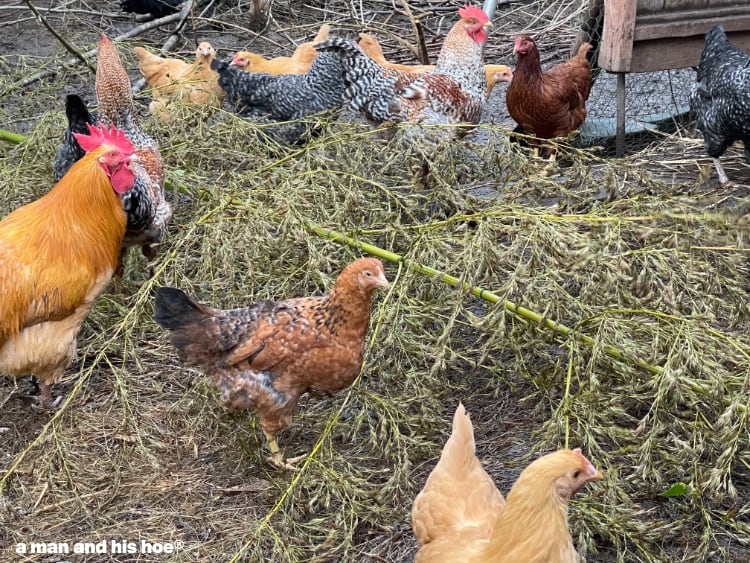
It’s the darkest time of the year. It’s dark when I wake up. Dark when I go to bed. The darkness keeps the chickens on their roost far longer than during the summer. Do they get bored out of their minds, waiting for the sun to lighten up the skies?
Since the bamboo bloomed and died, I’ve been wondering what to do with them. The seeds seem to have dropped out of their pods before I could harvest them. But, the bloomed bamboo entertains the chickens. Maybe enough for them to dream about and keep them from getting bored on these long, winter nights.

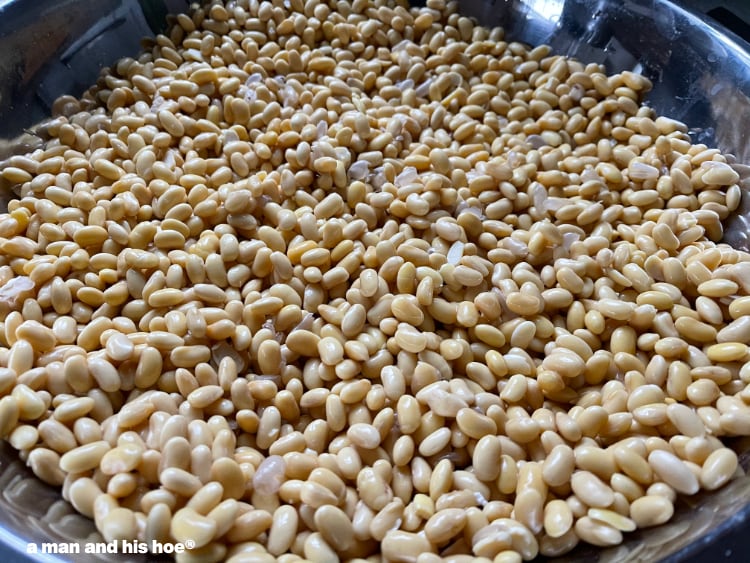
It’s time to put up several crocks of miso. Soybeans soaked overnight look plump and rested in the morning. This lot became tofu. Another lot soon will become miso, and take a long, long rest to age gracefully.
